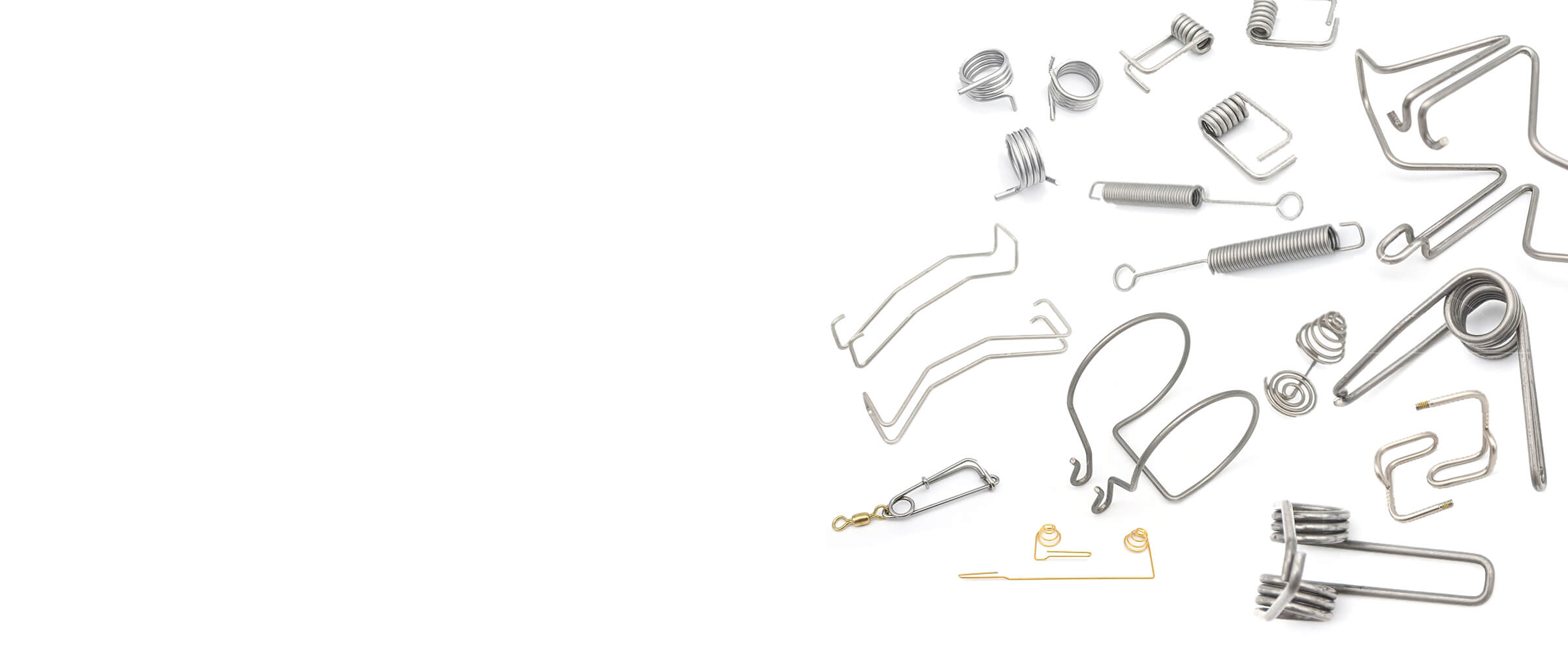Get unique, complex parts easily. No matter your requirements, Chaoyi Spring creates hard-to-produce coil springs and wire forms.
Let us help you create the custom wire form you need, from S-hooks and J-hooks to utility hooks and more.
We work closely with customers across a wide range of industries, helping them design and manufacture made-to-order parts.
Why choose Chaoyi Spring? We prioritize customer-focused collaboration, modern equipment and the latest technology to make your parts per print.
Find the information and guidance you need, from measuring a spring to learning about materials, placing an order and much more.
Garage door torsion springs are the unsung heroes of your home's security and convenience. They're responsible for lifting and lowering your heavy garage door with ease, but over time, they


Garage door torsion springs are the unsung heroes of your home's security and convenience. They're responsible for lifting and lowering your heavy garage door with ease, but over time, they wear out and can become dangerous. If you notice your garage door becoming sluggish, making strange noises, or struggling to open and close, it's time to think about changing those torsion springs. This guide will walk you through the process, outlining the necessary steps and safety precautions to help you tackle this potentially challenging task with confidence.

Garage door torsion springs are under immense tension, which is why they require specialized tools and expertise for replacement. Trying to tackle this job without proper knowledge or equipment can be extremely dangerous and could lead to serious injury. However, for those who are comfortable with DIY projects and possess a good understanding of mechanical principles, changing torsion springs can be a rewarding experience, saving you significant costs in the long run.
Here are some key reasons why changing your garage door torsion springs is important:
Before attempting to replace your garage door torsion springs, make sure you have all the necessary tools and equipment. Here's a checklist:
Now, let's walk through the process of changing your garage door torsion springs. This process should be approached with caution and a thorough understanding of the mechanics involved.
Changing garage door torsion springs is a complex and potentially dangerous task. Here are some essential safety precautions and tips to keep in mind:
Changing garage door torsion springs is a challenging but rewarding DIY project that can save you money and extend the lifespan of your garage door system. However, it's essential to prioritize safety and only attempt this task if you have the necessary knowledge, experience, and tools. If you have any doubts, it's always best to consult a qualified professional for assistance. By following these guidelines and taking the necessary precautions, you can tackle this job with confidence and ensure the safety and smooth operation of your garage door for years to come.
Remember, your safety should always come first. If you are unsure about any part of the process or feel uncomfortable tackling this task, it's always best to seek professional help. However, with careful planning, proper tools, and a healthy dose of caution, changing garage door torsion springs can be a rewarding DIY project that keeps your garage door functioning flawlessly and saves you money in the long run.
Browse some of the custom wire forms and springs that we manufacture. Don’t see what you need? We specialize in made-to-order products that meet your application requirements.
Visit Our GalleryNeed a custom wire form or coil spring? We make it work. Fill out the contact form and a representative will respond within 1 business day. If you have a PDF or CAD file, you can submit to request a quote.